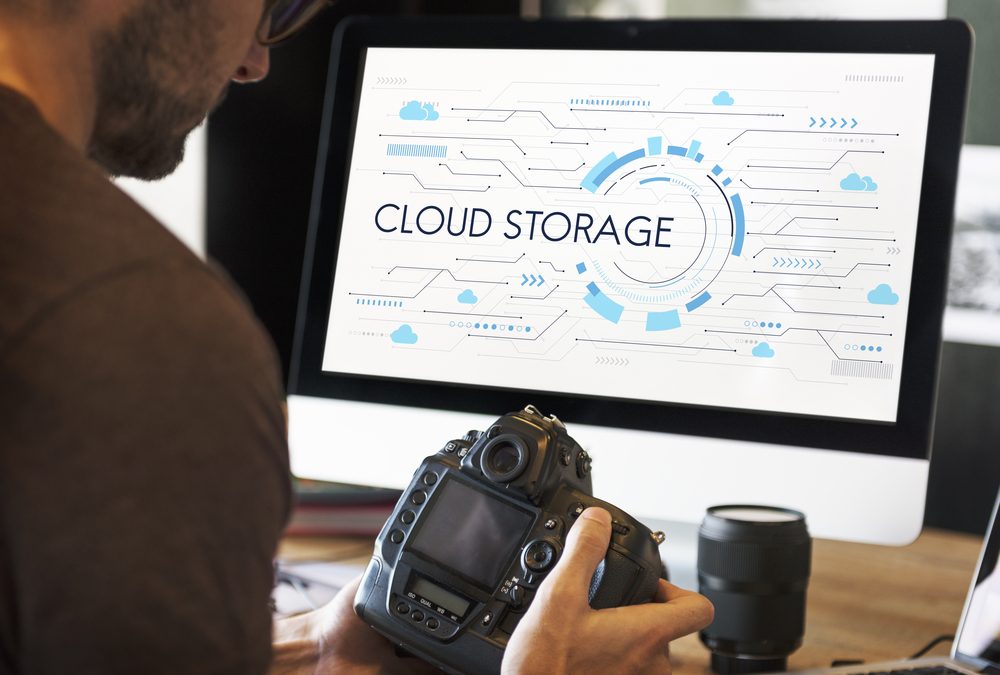Many people express themselves through a camera, capturing breathtaking scenes and once-in-a-lifetime moments.
Others prefer to make their living with a camera in their hand, working for companies or functioning as independent contractors. Cameras depend on the right lenses, great zoom features, and state-of-the-art filters to create the images people love.
But crisp, impressive images are only good if they can be accessed, downloaded, and shared. While some people like to keep their photos to themselves, almost every photographer will like to download, edit, upload, and share their work at some point.
But cameras are used for a lot more than casual or event-based photoshoots. Surveillance cameras are found at almost every major business, and many organizations use cameras with special connectivity options to handle their surveillance needs.
Every camera, regardless of its purpose, needs quality storage. Whether it’s a standalone model or a digital camera with a Wi-Fi connection, the right storage device is necessary. Quality storage helps ensure users can store large amounts of photos and videos, and retrieve those files when necessary.
Photographers Depend on Storage Devices
Whether it’s a camera memory card or a full hard-drive designed to connect computers and cameras together, there are many storage devices out there for photographers.
Most photographers take plenty of pictures and go through their results later, picking out the best ones and also deciding which may need a little editing to polish then. Nothing is worse than wanting or needing to take pictures for one’s hobby or job, and not being able to due to a lack of storage space.
Just as camera manufacturers pride themselves on offering the best technology that can produce the best-looking image, they are also quick to talk about how much memory their devices have.
Even if a camera doesn’t have a large amount of storage space by default, most high-end models come with camera memory card slots or can be attached to hard drives for additional storage and data-transfer capabilities.
When a photographer is trying to catch a sunset or snapping the perfect photo of a graduate walking across the stage, they don’t need anything slowing them down or holding them back. Storage space is valuable for any photographer, but this isn’t the only time capacity comes in handy.
Storage for Cameras in Various Industries
Many different industries use cameras in some way. Most establishments rely on security systems to help them monitor the premises and keep things safe.
Cameras in businesses and non-profit organizations can help reduce the chance of vandalism or theft, making it easier for the facility to keep their assets secure and feel more confident when they have to leave the establishment for an extended period of time.
Cameras with Wi-Fi technology can be accessed from various locations, allowing business managers and building owners to monitor a location from the comfort of their own home. For the busy professional, these types of conveniences make it much easier for them to keep track of how things are going.
Even in surveillance and monitoring cameras, storage is important. Some companies use larger drives, or set their drives to erase or archive footage after a certain point. This ensures they can always record their area, without worrying that they’ll end up running out of space.
A Wi-Fi or Bluetooth camera with good storage capacity can help any company reduce shrink, or any organization to create a safer environment for their visitors. Many companies are also turning to the cloud for improved camera-storage capabilities.
Why Cloud Storage is Great for Cameras
People who specialize in photography take dozens, hundreds, or even thousands of pictures every month depending on their status and their line of work. Keeping track of all these photos can be hard without the right storage options.
Even spacious hard drives and memory cards may sometimes fall short of giving people the capacity they need. This is why many people move to cloud storage. This gives photographers gigabytes of space to store entire libraries of photos. Not only that, but they can organize the photos easily and retrieve them from almost any location or device.
For security cameras and video feeds, the cloud can ensure that footage is archived and easily retrievable. Many users automate this function, allowing their physical drive to fill or reach near-capacity, then programming it to automatically empty the contents of the drive to the cloud.
This makes it easy to recall an old piece of footage, providing more options for security and detailed monitoring of any organization. Camera storage has evolved with the industries of photography and surveillance. The cloud now offers some of the most affordable, reliable, and secure storage options available.

